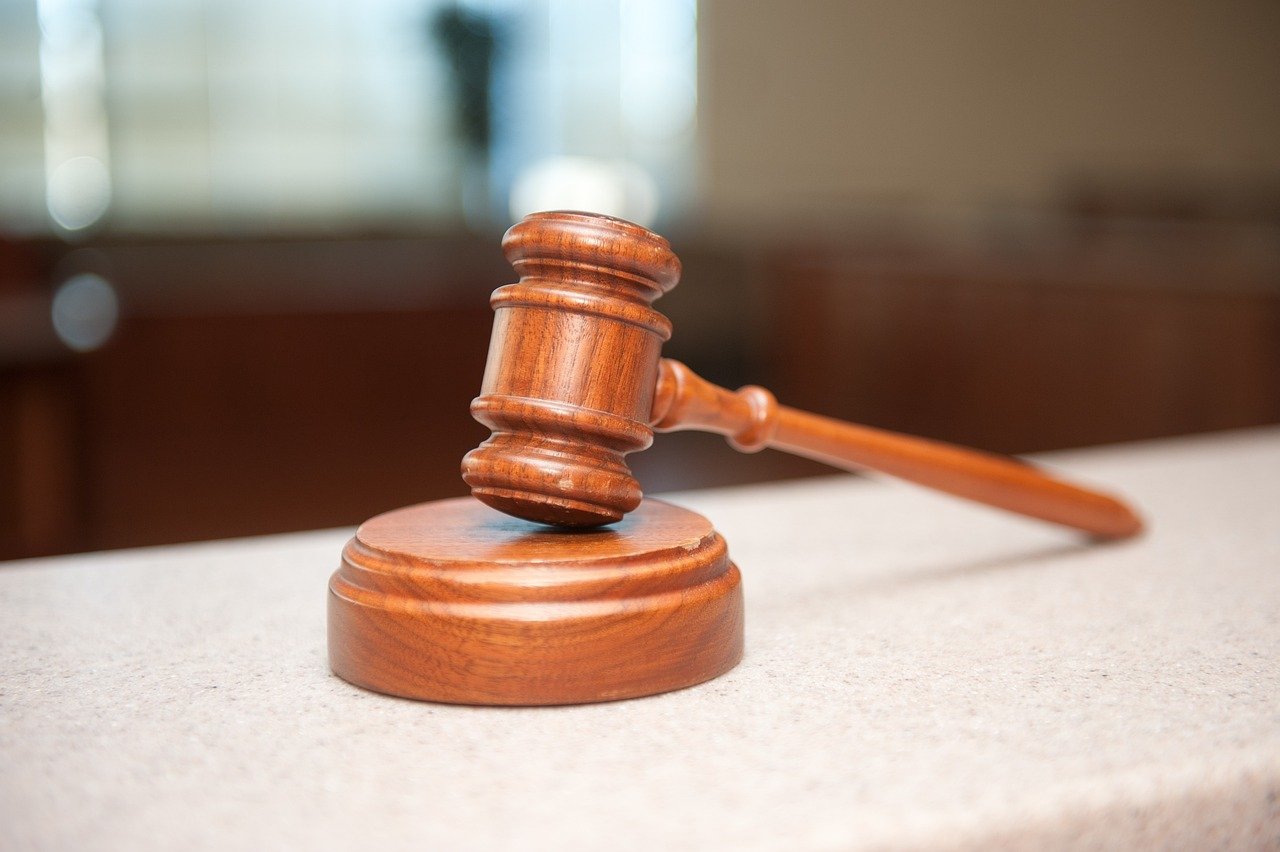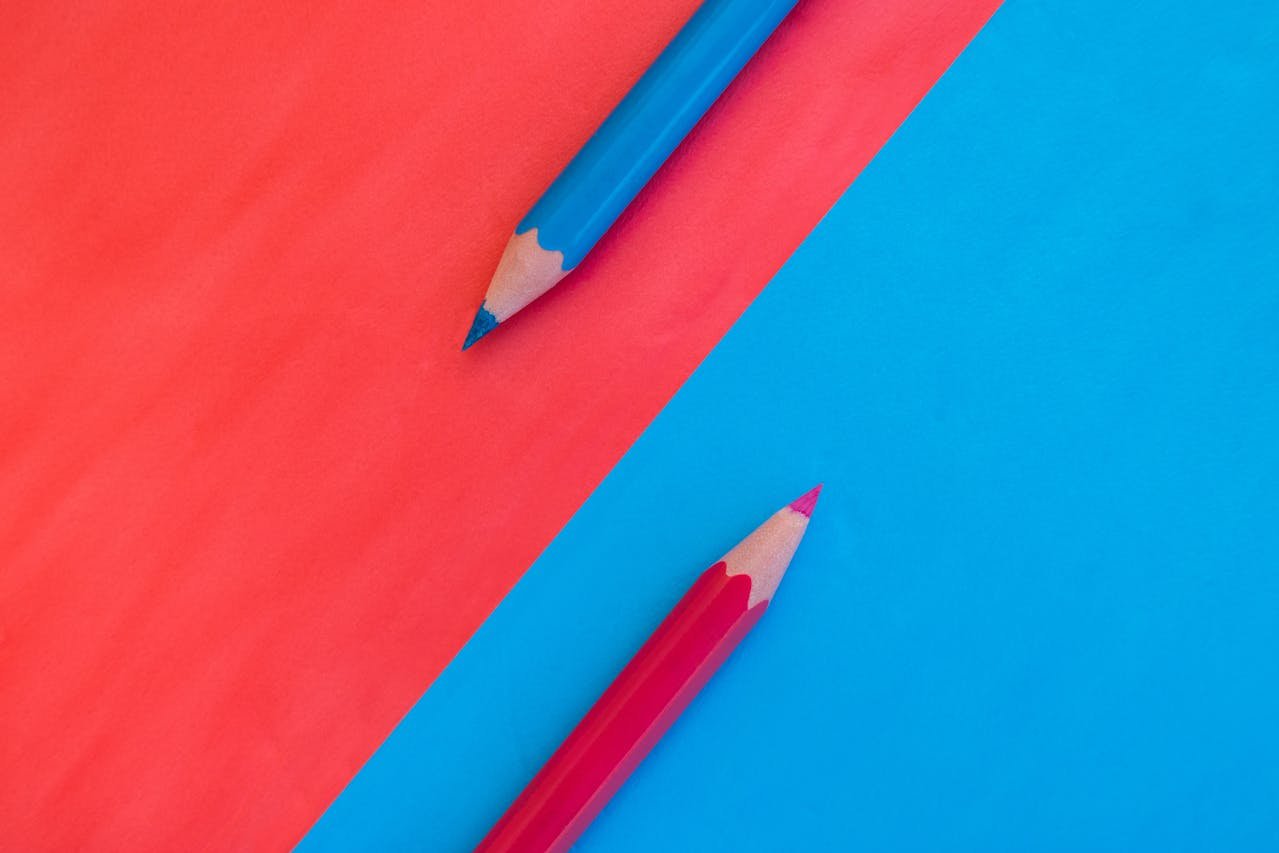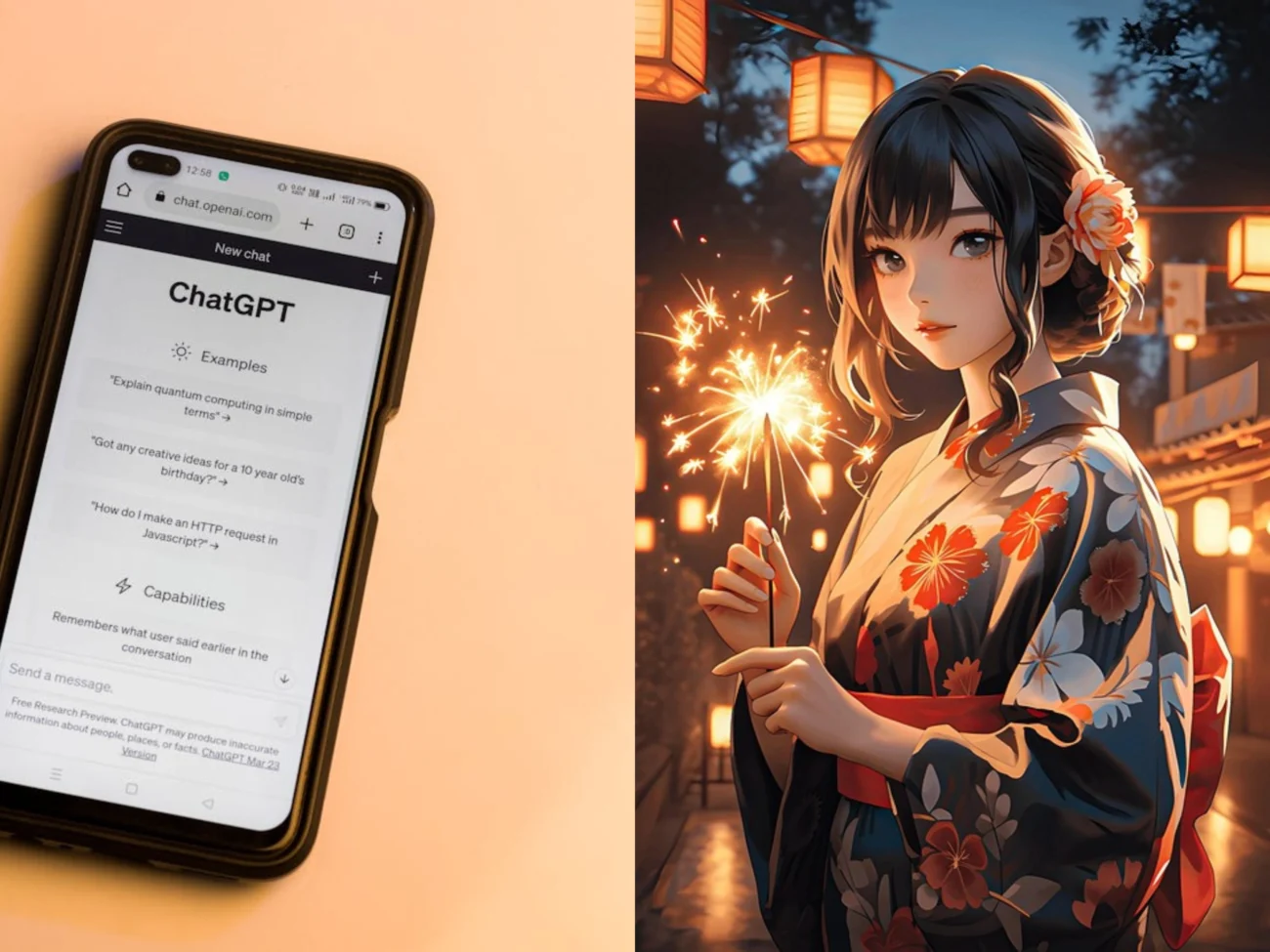The ChatGPT Ghibli Art Trend: What’s Really Happening
How AI Art Took Over
Something new hit social media – AI tools making pictures that looked just like Studio Ghibli films. These images flooded Instagram, Twitter, and TikTok, catching everyone’s eye.
The twist? No human artists drew them. AI programs like DALL-E and Midjourney made them after studying thousands of Ghibli film images.
Key factors driving the trend:
- The distinctive, instantly recognizable Ghibli style
- Improved AI image generation capabilities
- Social media’s amplification of viral visual content
- Strong emotional connection fans have with Ghibli’s aesthetic
According to MIT Technology Review, this trend represents one of the most concentrated examples of style emulation in the generative AI space.
Why Ghibli’s Look Matters
Studio Ghibli started in 1985 when Hayao Miyazaki, Isao Takahata, and Toshio Suzuki joined forces. They built a unique look that fans can spot right away.
What makes their art special:
- Hand-drawn frames (not computer animation)
- Soft watercolor-like backgrounds
- Life-like movement in nature scenes
- Simple but expressive character faces
- Magical elements mixed with everyday life
Films like “My Neighbor Totoro” and “Spirited Away” won hearts worldwide. The studio stuck with old-school drawing even when other studios went digital.
The Ghibli Museum provides extensive documentation of these traditional animation techniques, showcasing the meticulous craftsmanship behind their distinctive aesthetic.
“Their commitment to craft is what makes the AI trend so tricky,” notes animation professor Jun Tanaka. “These artists spend decades mastering skills that AI copies in seconds.”
The Copyrights Problem
As AI Ghibli art spread, big questions popped up about who owns art styles. The legal landscape wasn’t prepared for this new form of artistic creation and replication.

Copyright challenges with AI art:
- AI companies train their programs on art without asking artists
- The line between “inspired by” and “copying” gets blurry
- Some people sell AI Ghibli art for profit
- The style took 40+ years to perfect but AI makes it in moments
The World Intellectual Property Organization has started looking at these emerging questions about AI and intellectual property, though definitive legal frameworks remain in development.
Legal expert Sarah Nguyen explains: “Our copyright laws weren’t made for AI art. We’re in new territory, trying to catch up while this trend races ahead.”
How Ghibli Responded
Studio Ghibli took their time figuring out how to handle this trend. Their response evolved through several phases as they developed a more nuanced understanding of the issue.
Ghibli’s evolving approach:
- Initial silence and observation period
- Careful statements about intellectual property rights
- Strategic legal action against commercial exploitation
- Development of their own digital initiatives
The Japan External Trade Organization notes that Japan is changing how it handles digital-age copyright, with animation studios increasingly developing strategies to address AI imitation.
“They’re walking a fine line,” says tech analyst Jordan Ellis. “They want to protect what makes them special without seeming anti-tech.”
Recent news: In March 2025, OpenAI founder Sam Altman tweeted about the issue, saying: “The magic of Ghibli comes from human craft. We need better ways to respect artistic heritage while exploring AI’s potential.”
His comments came after Ghibli partnered with a tech firm to create “digital certificates” that prove when art is really from them.
Two Views on AI Art
The trend shows two sides of how tech changes art, revealing tensions between democratization and professional skill recognition.

More Access vs. Less Value
Good points:
- Anyone can make Ghibli-style images now
- People who can’t draw can still create
- Fans can play with styles they love
Downsides:
- Artists who spent years learning feel their skills devalued
- Hard to tell AI art from human-made art
- Technical skill seems less important
The Animation Guild has published numerous statements on the impact of AI technologies on animation professionals, highlighting both opportunities and concerns.
“I see animation students wondering if they should even bother learning to draw,” says veteran animator Keiko Matsuda. “That breaks my heart.”
Keeping Tradition vs. Moving Forward
The AI trend sits at the crossroads of old and new ways of making art. This tension isn’t unique to animation but reflects broader cultural negotiations around technology and tradition.
Ghibli itself has found middle ground, using some digital tools while keeping hand-drawing at its core. Their balance shows how old and new methods can work together.
Where Ghibli’s Look Came From
Ghibli’s style has deep roots in both Japanese and global art traditions. This rich heritage explains why their aesthetic feels both familiar and unique.
From Japan:
- Ukiyo-e prints with their flat views and nature focus
- Nihonga painting with soft, natural colors
- Shinto belief in the spirit of nature
- Ma (間) – the use of empty space to create feeling
The Tokyo National Museum offers extensive collections that showcase these traditional Japanese art forms that influenced Ghibli’s aesthetic approach.
From Around the World:
- Russian layered animation techniques
- Early Disney’s flowing movement
- European artists like Moebius
- Other Japanese animation pioneers
The Academy Museum of Motion Pictures hosted the first major North American museum exhibit on Miyazaki’s work, documenting these diverse influences.
“What makes them special is how they mixed all these influences into something new,” says art historian Yumiko Sato. “They didn’t just copy – they created.”
Artists Who Built the Style
Two key figures shaped Ghibli’s look, each bringing their own vision and creative approach to the studio’s distinctive aesthetic.
Hayao Miyazaki
The heart of Ghibli’s visual style comes from Miyazaki’s personal artistic journey:
- Years at Toei Animation learning the craft
- Endless sketchbooks filled with nature studies
- Love of planes, European towns, and landscapes
- Focus on making movement feel real and alive
The Studio Ghibli Official Website provides insights into Miyazaki’s working process and artistic philosophy.
“Miyazaki doesn’t just draw what things look like – he draws what it feels like to be there,” says film critic David Wong.
Isao Takahata
Though he didn’t draw as much, Takahata brought complementary strengths that expanded Ghibli’s artistic range:
- Documentary-like approach to storytelling
- Willingness to try different visual styles
- Skill with adapting books to film
- Deep connection to Japanese cultural memory
The Japan Foundation has documented Takahata’s contributions to Japanese animation history through various exhibitions and publications.
Together, they pushed each other to make animation that could be taken seriously as art.
New Responses From Both Sides
The clash between AI and traditional art is leading to new approaches and creative solutions from multiple stakeholders.
From Animation Studios:
- Training programs that combine AI tools with human mentoring
- Efforts to record traditional methods before they’re lost
- Special marks that prove when humans made something
From Tech Companies:
- New AI tools that track and credit the styles they learn from
- Groups pledging to use AI art more fairly
- Research into ways AI can help rather than replace artists
The AI, Data & Society Initiative at NYU researches the intersection of artificial intelligence and creative industries, providing insights into ethical frameworks for AI art development.
“The smart money is on finding ways these can work together, not fighting over which is better,” says digital arts curator Lin Wei.
What Happens Next?
As this trend keeps going, several things will likely happen. The industry is moving toward more structured frameworks for managing AI art creation.
Likely developments:
- Clearer rules about AI art and copyright will emerge
- Better ways to tell official Ghibli art from AI copies will develop
- Studios will find ways to use AI for certain tasks while keeping human artists
- Artists and tech people will talk more to find common ground
The U.S. Copyright Office has begun publishing guidance on AI-generated works, which will likely influence international approaches to these questions.
“This isn’t just about Ghibli,” says media studies professor Aiden Park. “It’s about what happens when AI can copy any artist’s lifetime of work in seconds.”
Keeping Art Alive
This trend raises big questions about keeping artistic skills alive in a digital world. The answers will shape how we understand creativity in the coming decades.
Critical questions for cultural preservation:
- How do we save traditional animation when fewer people learn it?
- What role should tech play in saving artistic methods?
- How can AI help artists without replacing them?
- How do we respect art history while still moving forward?
The UNESCO Intangible Cultural Heritage program offers models for preserving traditional artistic techniques that could inform approaches to animation preservation.
“The real challenge isn’t fighting AI,” says animation teacher Carlos Ruiz. “It’s making sure we don’t lose what makes hand-drawn art special in the first place.”
Beyond Simple Answers
The story of AI Ghibli art isn’t just good vs. bad. It’s complex and still unfolding as we figure out how humans and AI can both make art.
While AI can make pictures that look like Ghibli films, it can’t understand the deeper meaning, the cultural stories, or the human care that makes these films touch our hearts.
The future isn’t about picking sides between human or AI art. It’s about finding smart ways they can work together while still valuing what makes human creativity special.
As digital artist Nadia Kim puts it: “AI can copy the look of Ghibli, but not the soul. That’s still the human part, and it always will be.”
Click here for more content like this.

